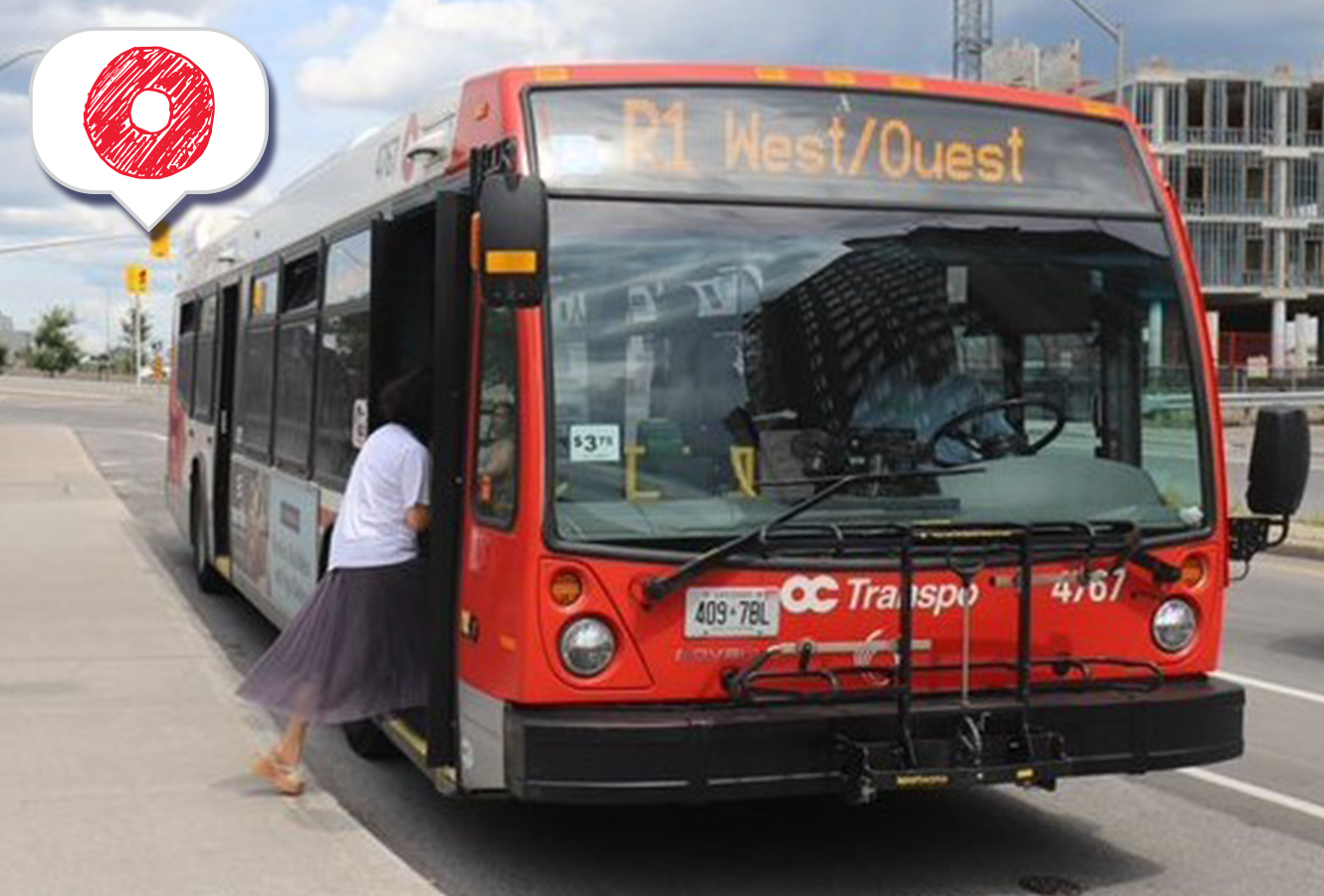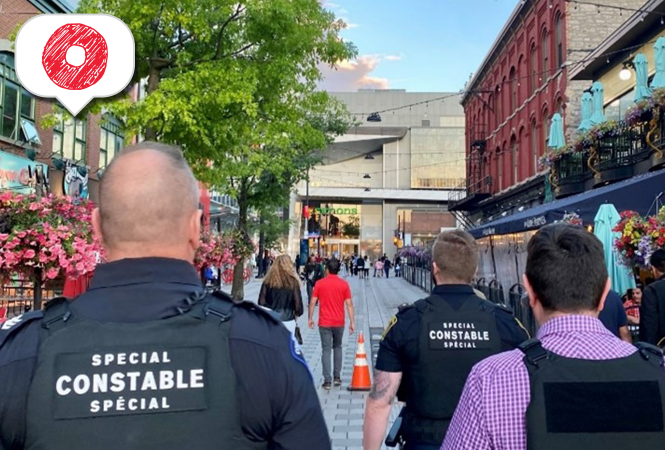OC Explained: Implementing R1 replacement bus service

R1 bus replacement service is implemented when there is a service disruption to Line 1.
When O-Train Line 1 isn’t running, R1 replacement bus service is activated to help keep our city moving.
O-Train Line 1 is capable of moving 10,700 passengers per hour, each way. Our two-car trains can comfortably move 600 passengers.
Our transit system has been designed to take full advantage of this. OC Transpo’s bus network brings customers from all areas of the city to O-Train stations.
During planned maintenance or unplanned service disruptions, R1 replacement bus service closely mirrors O-Train Line 1. It has been designed to serve all stations and only make limited stops along the way.

If Line 1 is partially closed, R1 service may run only along the closed portion. The location of R1 service stops can be found on octranspo.com.
To find out more about R1 bus replacement service, watch our April 13 Transit Commission update or read further below.
Planning R1 Service
Prior to opening Line 1 in 2019, OC Transpo met with numerous City departments including Traffic Services, Ottawa Police Services, Public Works, and Infrastructure Services to discuss how we would keep passengers moving when Line 1 is not in service. This included optimizing traffic lights and snow removal practices when R1 is in place.
We also reviewed best practices from other transit agencies and shared our R1 service plans with them for review.
While it does not match the speed and capacity of Line 1, R1 bus replacement is a vital tool used to keep our city moving when there are impacts to Line 1 service.
Let’s talk about when and how R1 service is implemented.
When is R1 Service implemented?
R1 bus replacement service can be implemented for planned maintenance.
It is also activated when an unplanned service disruption occurs that is anticipated to last longer than 20 minutes. Sometimes, trains can continue to run along a single track. If full train service is not quickly restored, R1 replacement bus service may be deployed.
Why is 20 minutes important? Electric Rail Operators (EROs) are trained to troubleshoot a variety of issues in the field. Using pre-determined procedures, EROs will work with the Transit Operations Control Centre (TOCC) to help solve an issue as quickly as possible. It is important to note that buses are deployed as soon as an incident is identified as potentially lasting for more than 20 minutes, and not when 20 minutes has passed.
How is R1 service Implemented?
When the need for R1 service arises, the Electric Rail Controller located in the TOCC will quickly:
- Identify the location of the disruption and affected stations
- Work with field staff and technicians to determine the duration of the interruption
- If service cannot be single tracked and it is anticipated that the disruption cannot be resolved in 20 minutes, R1 bus replacement service is immediately implemented
- Work with the Customer Communications team to inform customers
- Deploy staff and signage to affected stations
As a result of R1 service being called into action, OC Transpo takes a holistic view of impacts across the transit system. TOCC staff will work to balance the impacts on the rest of the transit system if buses need to be re-allocated from other routes.
Communicating with customers
When R1 service is required, here is how we inform customers:
- An alert is posted to octranspo.com to list affected stations and helpful instructions
- Notifications are sent on social media, email and text messages to My Alerts subscribers. Find out how to subscribe to My Alerts by visiting octranspo.com
- Announcements are made on trains, buses, and in stations
- Transit information screens at stations are updated
- Red vest outreach staff are deployed to affected stations to install extra signage and assist customers
In the event R1 bus service may be required for an extended period:
- Regular updates are sent to members of City Council and the media
- Octranspo.com is regularly updated to provide the status and anticipated duration of R1
- Media availabilities, technical briefings and other tactics to further inform customers of service impacts
R1 service is also pre-planned for certain activities, such as planned Line 1 maintenance.
How are we improving R1 service?
Our focus continues to be increasing the reliability of O-Train Line 1. When R1 service is implemented, we know it impacts our customers.
Here are some examples of how we are working to improve R1 service:
- Digital signage is being added to stations to help communicate when R1 bus replacement service is in place
- During prolonged periods where R1 bus replacement service is operating between Tunney’s Pasture and Blair stations, a shuttle will transfer customers between Cyrville Station and St-Laurent Station. This improves R1 travel times for customers that need to travel to and from Blair Station
For more information on R1 bus replacement service during our June 5-19 O-Train Line 1 maintenance , read here.
Was this information helpful? Do you have a story suggestion? Let us know by emailing thenextstopblog@ottawa.ca.

